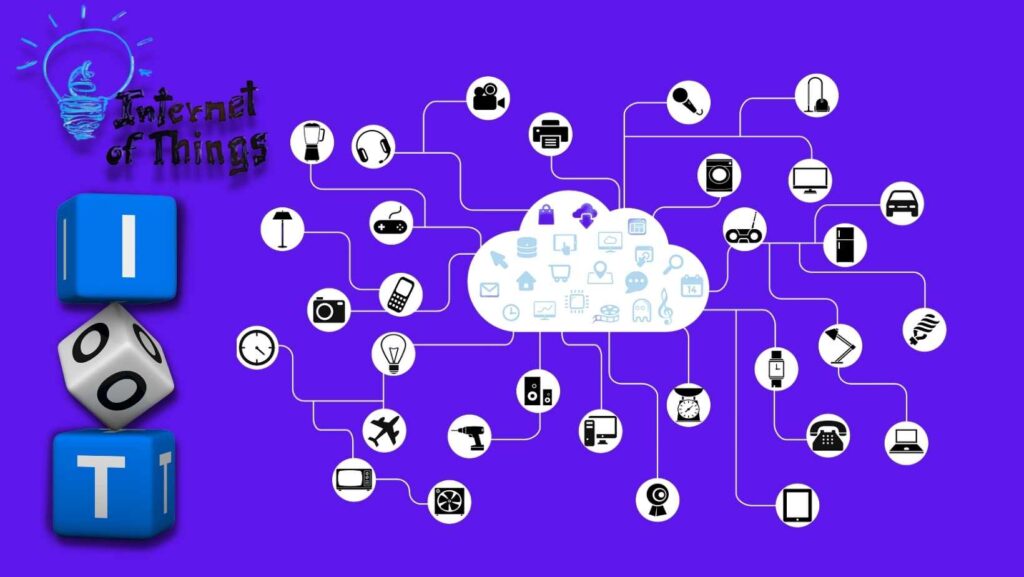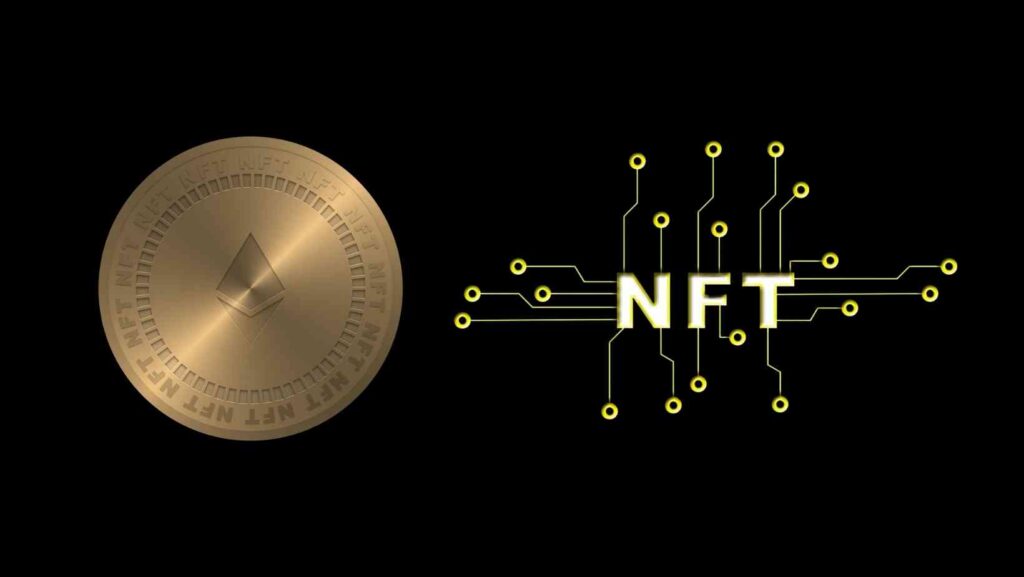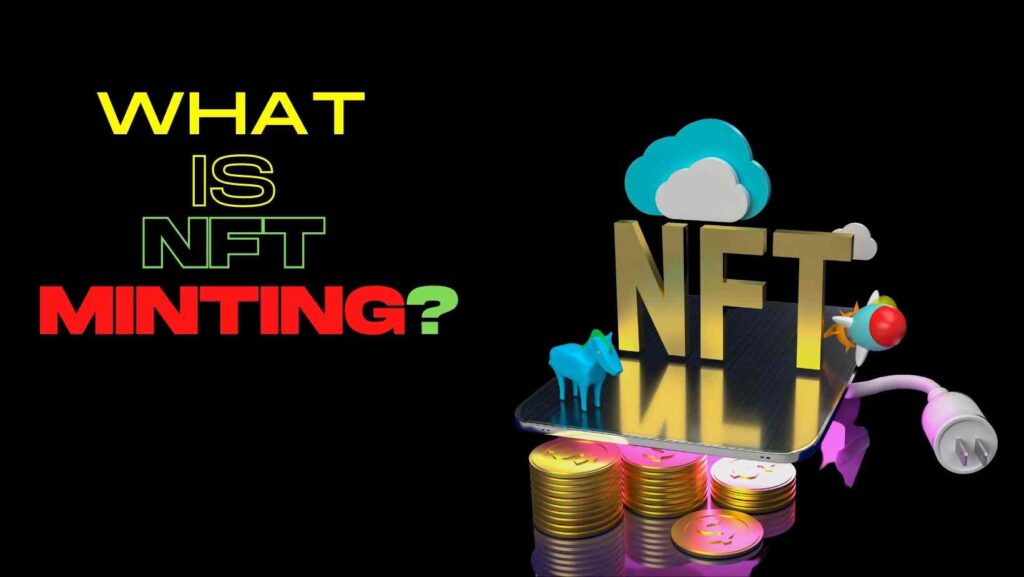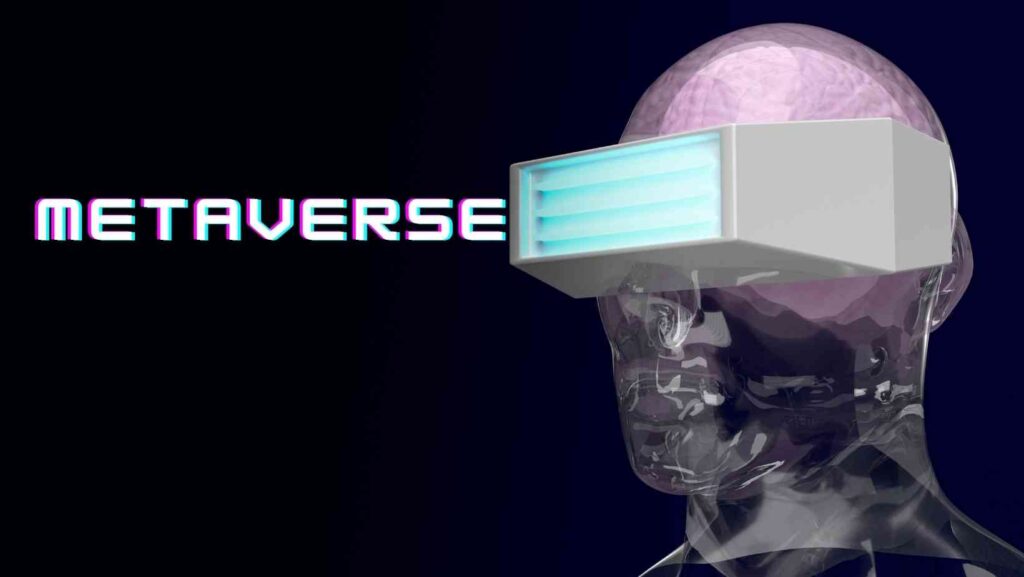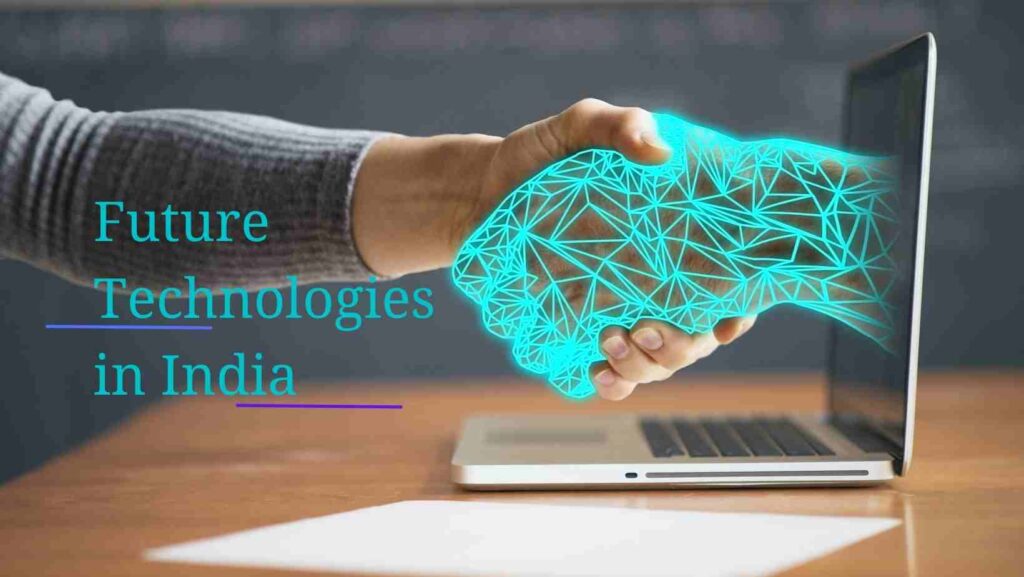What is an IoT System & What are its Applications?
An IoT system is a system of internet-connected devices. These devices are usually connected to the internet and can communicate over a network. The applications for an IoT system vary, but some examples include:
-Monitoring the environment (e.g., air quality)
-Connected home automation (e.g., lights, temperature control)
-Industrial automation
-The sectors of transportation & healthcare
A Brief History of the Internet of Things
The Internet of Things (IoT) is a network of devices connected to the internet. The devices can be anything from fitness trackers to an intelligent thermostat. IoT has been around for decades but only recently have we seen the technology become mainstream.
IoT has grown at an exponential rate in recent years. It is expected to continue growing in the future. Other than a few limitations in the early days, no other technology has offered such an extensive set of features and benefits.
Challenges and Opportunities as with any new industry, IoT companies have many challenges to overcome. Companies like Amazon & Google that produce intelligent devices like Alexa or Google Home to be successful need to learn how to tailor their user interfaces to the individual’s needs.
The most recent example of this is Amazon rolling out a chatbot for Alexa, which enables users to ask the voice assistant (AI) for help in answering general questions about a specific topic. This chatbot can be used by anyone from kids asking Alexa about science experiments and historical dates to a user asking Alexa about the weather and traffic conditions.
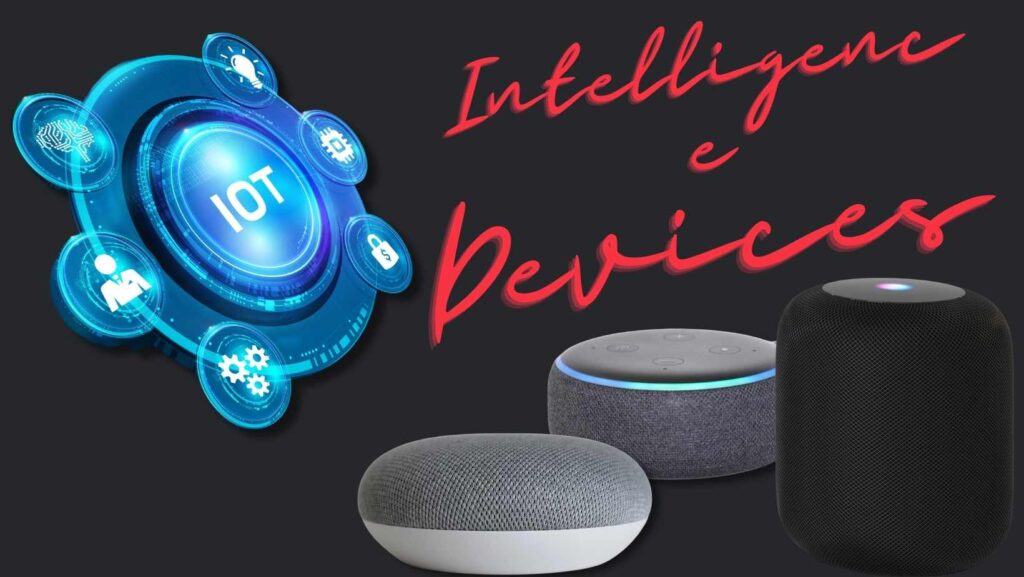
Amazon Alexa chatbot functions: –
-Answers general questions about a specific topic.
-Allows users to ask for help answering general questions about a specific topic.
-Allows users to book an appointment and get directions.
Answering questions about a certain topic: –
Tells, the user what the weather will look like tomorrow and next week.
-Shares information about your company, including who you are, what services or products you offer, how you can be contacted and directions on how to contact you & getting help.
How IoT Systems are Disrupting Traditional Industries?
Our lives are becoming increasingly interconnected thanks to IoT devices. They are everywhere, from smart homes to connected cars. What does this mean for businesses? How can they benefit from these new technologies?
The Internet of Things (IoT) refers to the network of objects or things that connect to the internet. These include sensors, actuators, mobile phones, laptops, tablets, wearables, etc. By 2020, Gartner predicts over 20 billion connected things worldwide.
As IoT becomes more pervasive, businesses will be able to leverage its capabilities to improve their operations. For example, IoT can help companies monitor and control their assets remotely. It can reduce costs associated with maintenance and repair, resulting in increased productivity. It can also provide real-time data about customers’ satisfaction levels leading to higher customer retention. Companies may even be able to sell products online using IoT’s ability to track inventory on a global scale.
But while IoT has many benefits, it carries significant security risks. Many IoT devices run outdated operating systems, making them vulnerable to hackers and cybercriminals. The most common threats are Man-in-the-Middle attacks where attackers hack into insecure wifi networks, malware infections, and Trojans. Hackers can use these vulnerabilities to steal information such as personal identification numbers and credit card details.
As we move towards an IoT world, we need solutions like cloud-based security to protect against security breaches.
It is widely known that the Internet of Things (IoT) is changing everything on earth in ways that nobody could have predicted even ten years ago. Today, people take IOT technology for granted, but in the next 10 years, this technology will become as commonplace as smartphones today.
It all began in 1990 when IBM launched PC/AT, a computer built onto the AT bus. As soon as the first “smart” appliance was introduced in 1998, we were well on our way. By 2012, when Google released Android OS, nearly 50 percent of all consumer electronics sold were equipped with IoT technology. In the past two years, sales of wearable tech gadgets quadrupled. It can be considered the fourth industrial revolution if you think about it.
The Internet of Things will continue to change lives in unprecedented ways. Whether your industry deals in food, healthcare, or finance, there are countless opportunities to make your business better and safer because of the power of IoT. So, join us in this episode to hear about some of the most significant disruptive shifts in industries around the world.
What are the Top 3 Considerations when Choosing an IoT Platform?
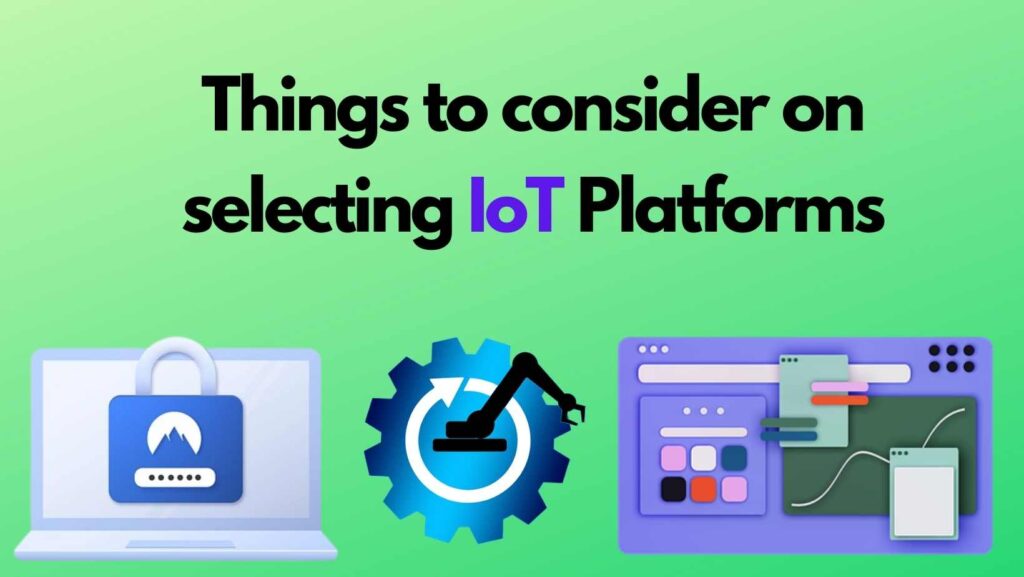
Security and Privacy:
The data collected by the IoT devices are sensitive. It should be protected from any unauthorized access. The platform should have a well-defined security policy with a robust authentication process and encryption methods.
Scalability:
The platform should be able to scale as the business grows to handle more devices, more data, and more users. It should also accommodate different types of IoT devices, such as wearables, smart appliances and smart homes.
Ease of Use:
The platform should offer an intuitive UI that makes it easy for users to interact with the system without going through complex processes or configurations.
A Quickie!!
Big data, predictive analytics, and the Internet of Things are changing how we live and work. This change will be reflected in every aspect of our lives – from how we shop to how we eat, work, and play.
IoT’s potential can profoundly impact our lives if it is done right. We will be able to think about the consequences or benefits that IoT can bring and what the IoT world should look like in the future to make it an enjoyable place for all stakeholders. The Internet of Things will provide us with accurate time information, creating better decisions and improving our quality of life.

